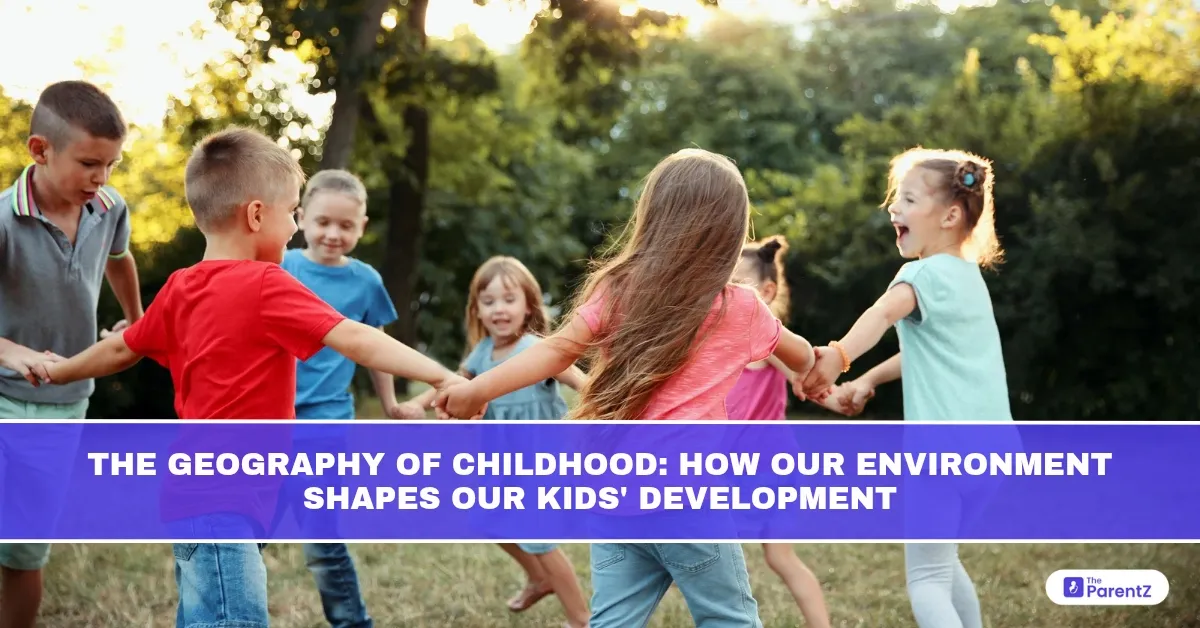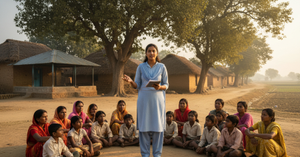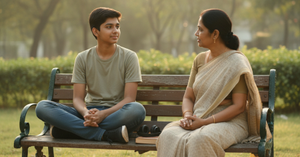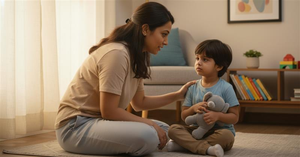Think back to your own childhood. Was it tree-lined lanes and scraped knees on sidewalks? Or maybe dusty fields, narrow rooftops, and the clang of steel utensils echoing through tiny apartments? Wherever you grew up—city, suburb, village, or somewhere in between—it shaped you in ways you may only now be beginning to understand.
And just like that, the space your child is growing up in—every room, every street corner, every view out the window—is quietly shaping them too.
Yes, the environment—both physical and emotional—is the stage upon which childhood unfolds. And it matters more than you realize.
Read this article to know how the environment is playing a crucial role in impacting the geography of childhood.
Nature vs Neighborhood: What Does Your Child See Every Day?
A child who grows up watching sunrises over fields is going to develop differently from one who only sees flickering fluorescent lights in a cramped high-rise corridor. That’s not a moral judgment—it’s a recognition of influence.
Meanwhile, children raised in densely populated urban areas may develop sharper navigation, risk assessment, and social interaction skills—but they may also show higher rates of anxiety and sensory overload.
The takeaway? Every environment comes with its own set of silent lessons. The question isn’t which is better—it’s what is being absorbed.
The Invisible Curriculum
The layout of your home teaches your child things long before you teach them with words.
A home with cozy nooks might foster quiet thinking and imagination. An open-plan house could encourage movement, collaboration, and noise tolerance. Kids pick up on physical cues: Is there space to move? To rest? To create? To be alone?
Even your neighborhood plays a role. Can they bike down the lane without fear? Do they see neighbors greeting each other or rushing past with earbuds in? Do they hear birds or just horns?
These details are not just aesthetic—they’re formative. They quietly teach children about safety, boundaries, community, independence, and possibility.
Climate and Culture
A child growing up in Ladakh will learn resilience against harsh climates and cherish rare greenery in a different way than a child in humid Kerala, where the monsoon becomes a yearly rhythm. Climate doesn’t just affect clothing—it affects the very tempo of life.
Then there's cultural geography. A child raised in a multi-lingual, multicultural city will develop adaptability and social fluidity. A child in a culturally homogenous village might grow up with a strong sense of belonging and tradition. Both experiences shape identity—and both have their gifts and gaps.
What Can You Do as a Parent?
You can’t always control geography—but you can curate experience. Whether you’re in a one-bedroom flat or a spacious farmhouse, what matters is how you respond to your environment with your child.
Invite Curiosity
Take walks and talk about what you see. Even an alley has stories. Let them notice textures, colors, smells, people, and moods. Teach them to read their environment.
Create Micro-Worlds
A balcony garden, a reading corner, a sensory bin—tiny spaces can become whole worlds of learning. Children don’t need Pinterest-worthy rooms. They need pockets of magic and freedom.
Travel Without Leaving
Books, videos, food, and conversations can bring other environments into your home. Let your child taste the world, even if their feet stay in one city.
Be Aware of What They’re Internalizing
Ask questions. What do they love about their neighborhood? What makes them nervous? When they talk about their day, listen for clues. Geography isn’t just land—it’s lived experience.
Conclusion
In the end, childhood is a deeply geographical thing. It’s where memories take root—in stairwells and courtyards, in schoolyards and dusty roads. It’s in how your child learns to map their world, build safety within it, and dream beyond it.








Be the first one to comment on this story.